Mir Castle is a unique monument of Belarusian architecture that impresses with its strength and solidity and with all that, gracefulness and finality, and sophisticated external decoration. Its great towers, tall walls, three-storied palace keeping mysterious traces of the past look so majestic even now. It is located at Mir – a small town on the banks of the river Mirunka in the district of Korelichy within the county of Grodno. The construction of this Belarus Gothic style castle was started in the 1520s by Duke Ilinich. In 1568 the castle came into the hands of Mikolay Radziwil, who completed it in Renaissance style. The successful blend of Gothic, Baroque and Renaissance architecture makes Mir Castle one of the most impressive castles in Europe.
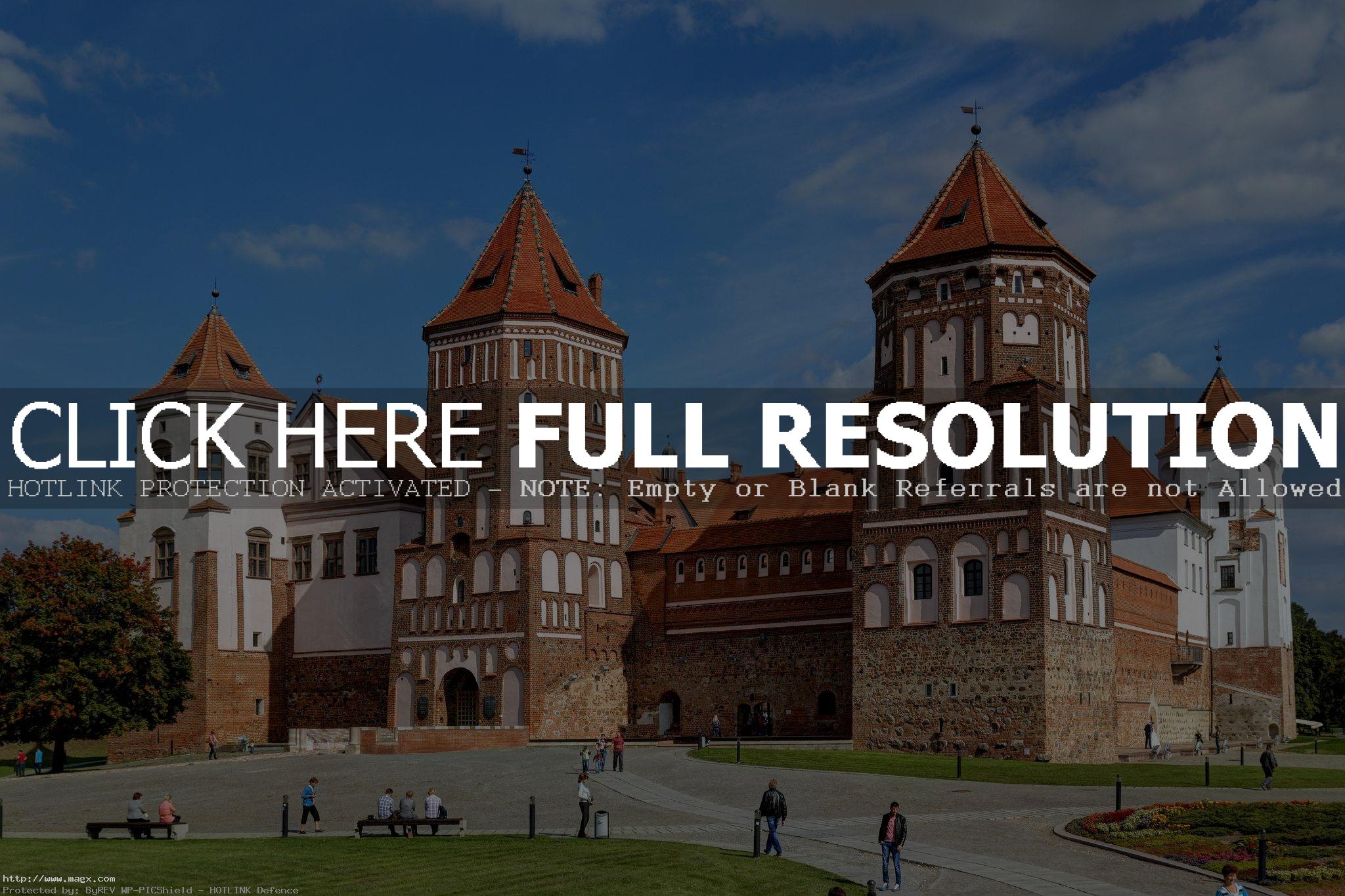
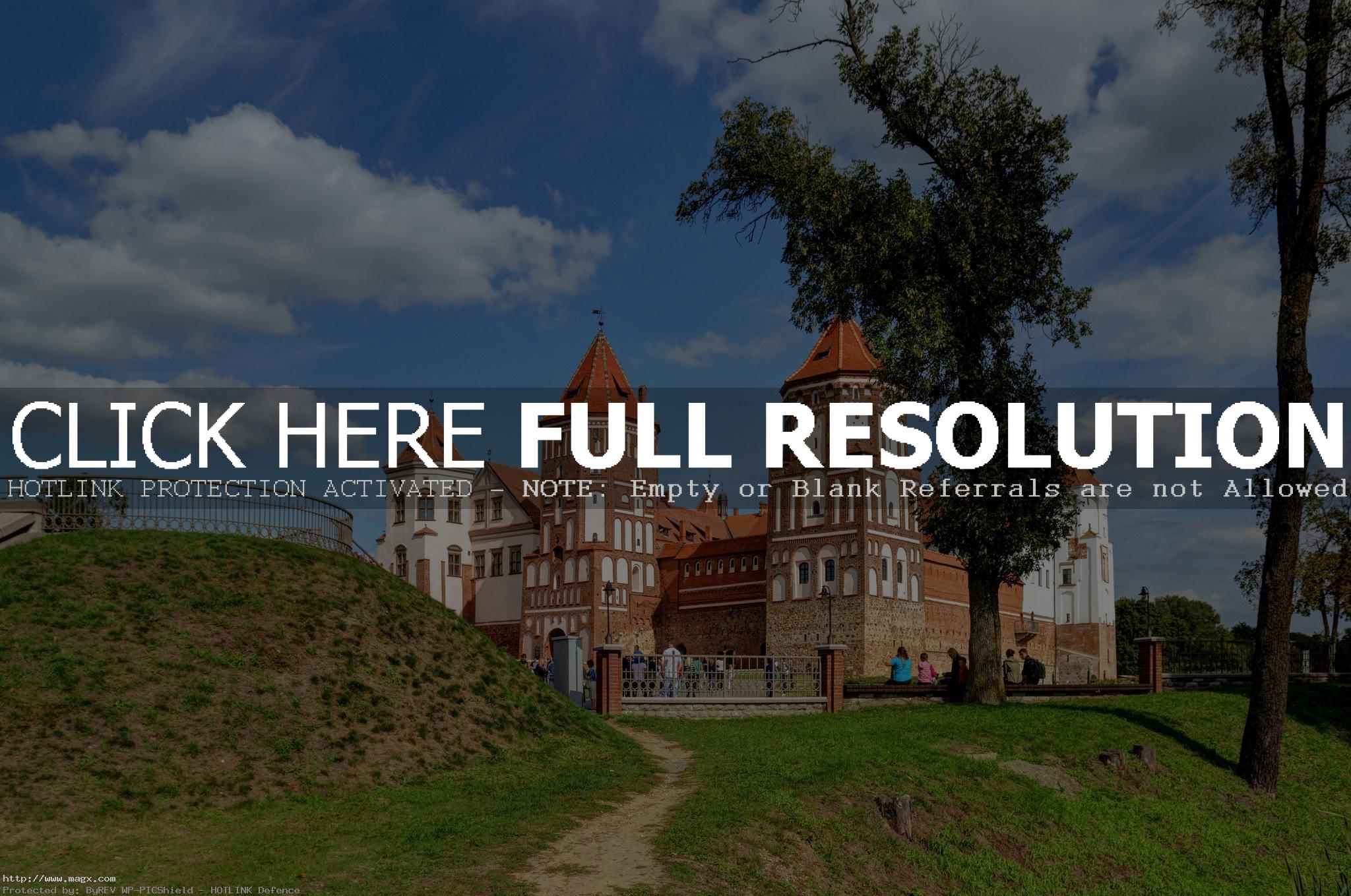
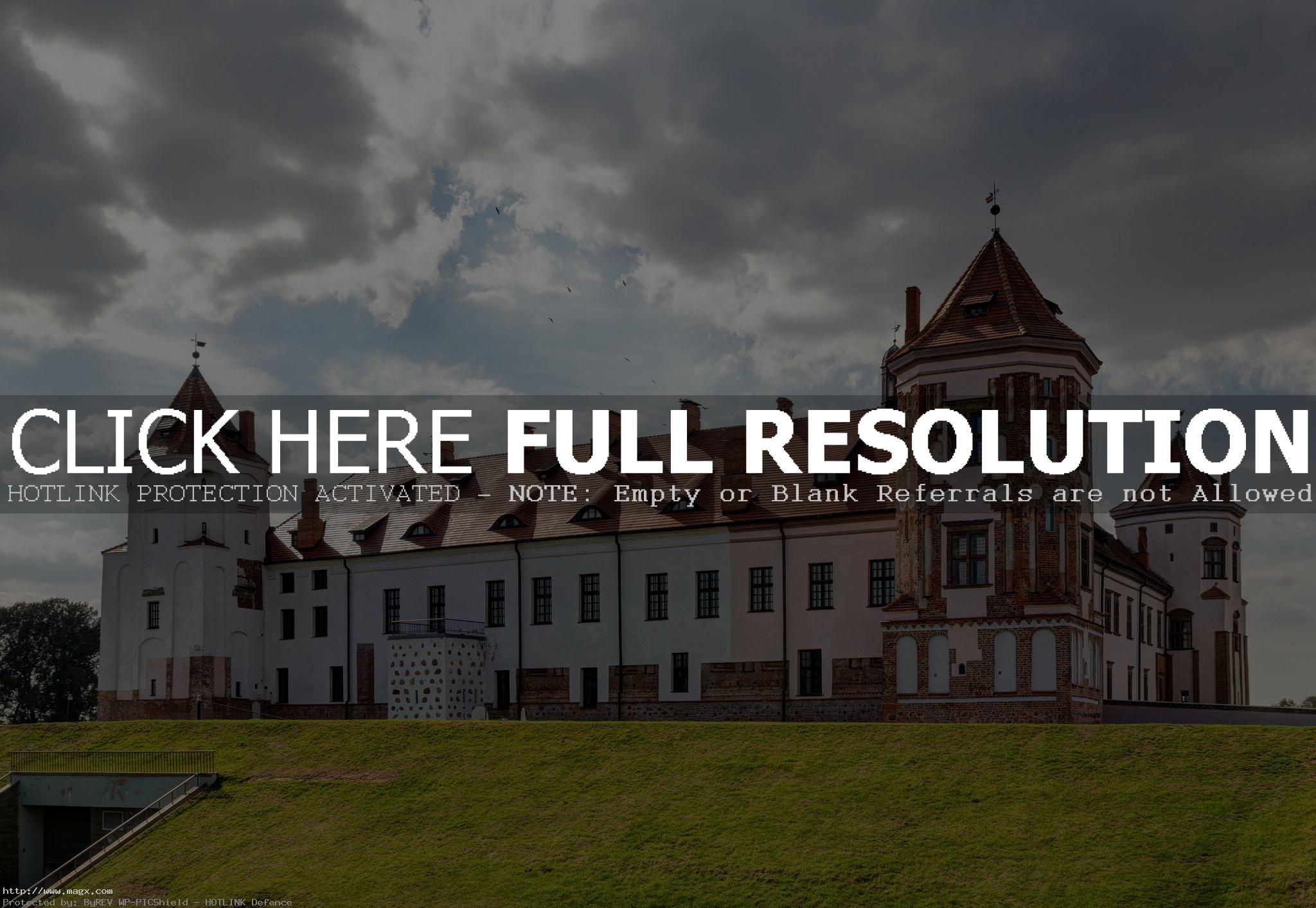
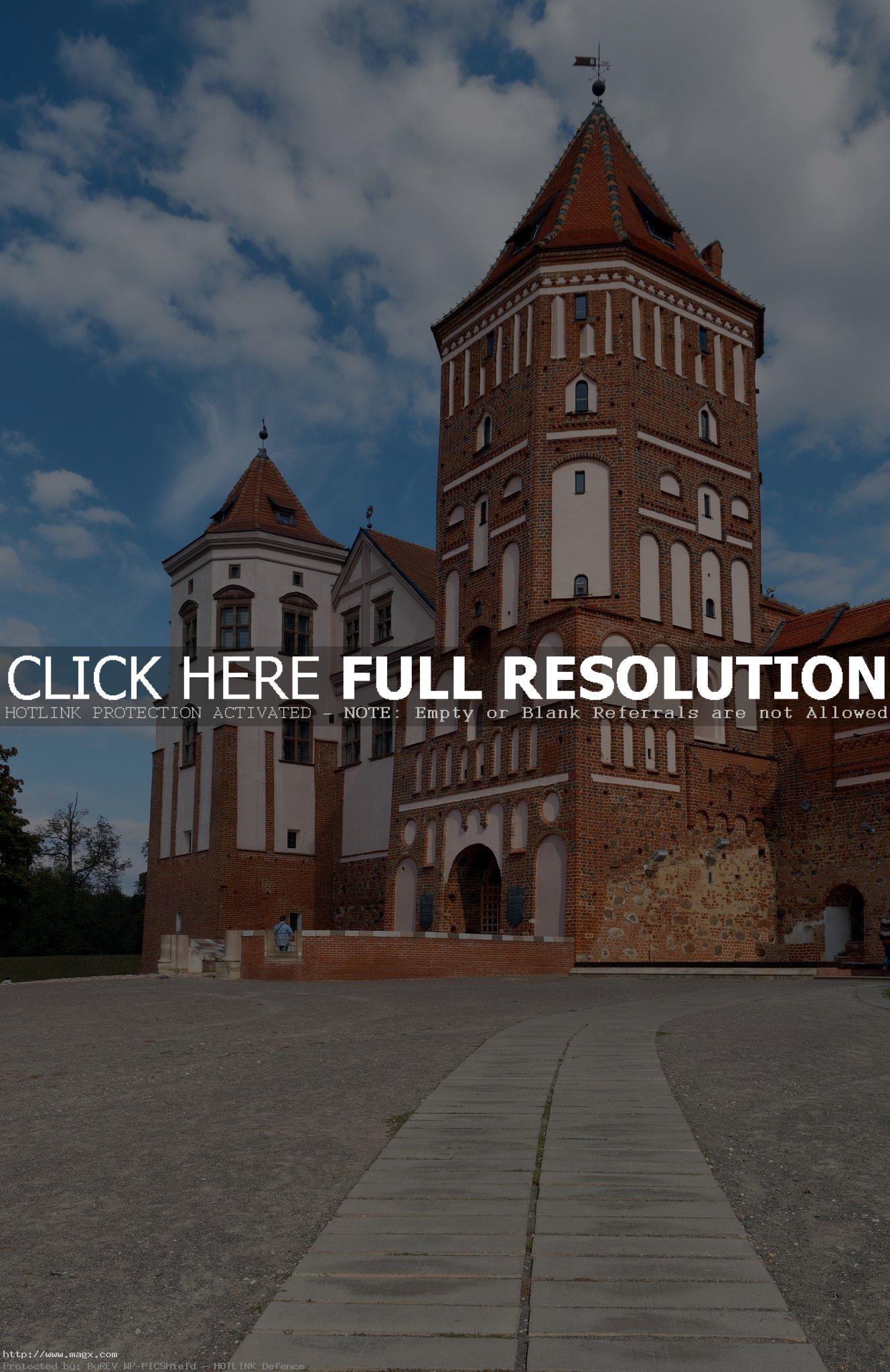
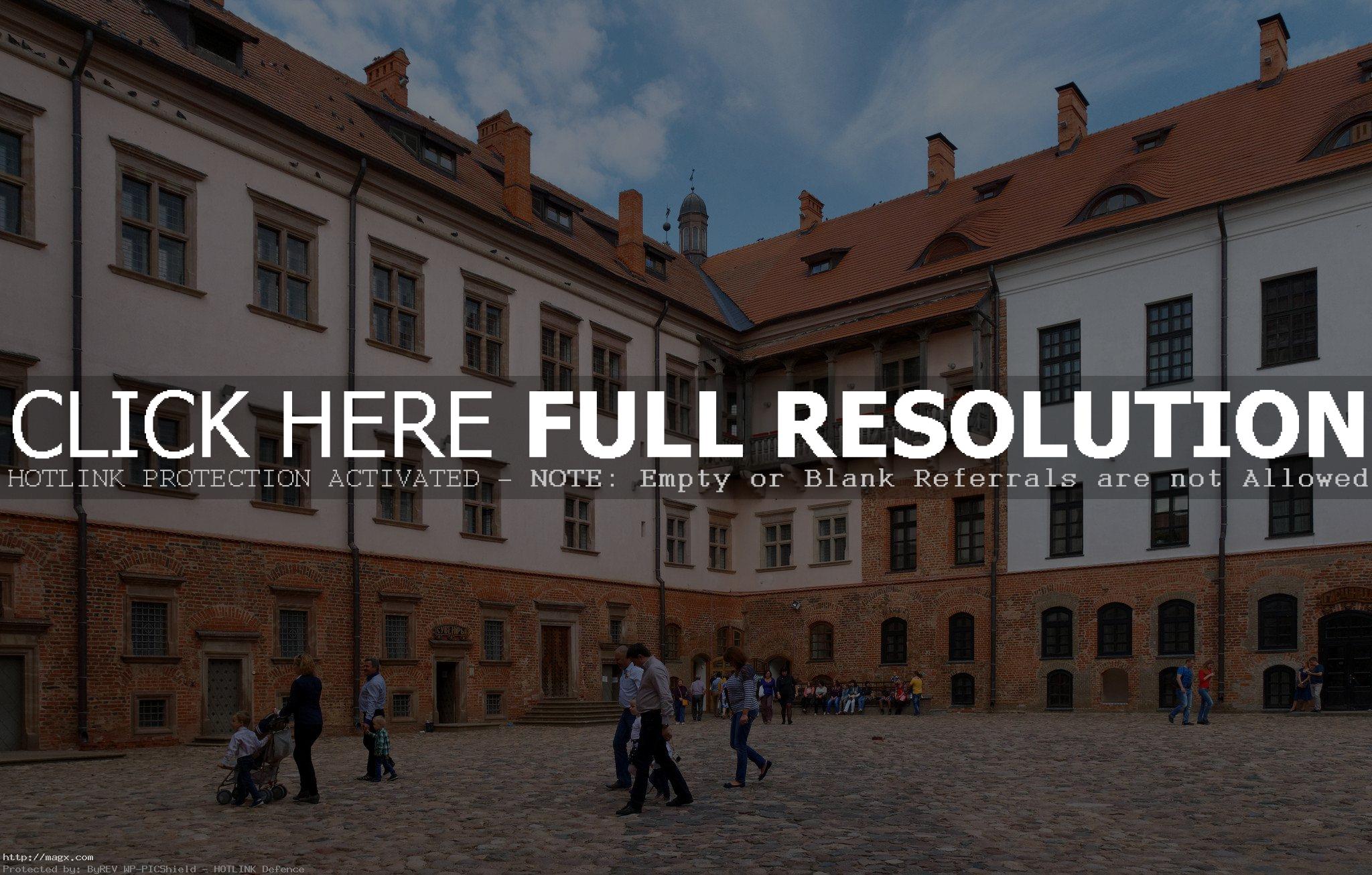
credit: Alexxx1979
Tags: Belarus, Castle, chapel-sviatopolk-mirski, Complex, Mir, mir castle, mir castle complex, saint-nicolas-church, UNESCO World Heritage Centre
Relevant Articles


The palace of Persepolis was planned and begun by the Persian emperor Darius I in the early fifth century BC, although it was not until the reign of his grandson, Artaxerxes, that it was finally finished around the year 425 BC. Conceived to be the seat of government for the Achaemenian kings and a center for receptions and ceremonial festivities. It was one of the great Persian temple complexes until it was destroyed by Alexander the Great in 331 BC. The ruins were not excavated until the Oriental Institute of the University of Chicago sponsored an archaeological expedition to Persepolis and its environs under the supervision of Professor Ernst Herzfeld from 1931 to 1934, and Erich F. Schmidt from 1934 to 1939. Persepolis was registered as a UNESCO World Heritage Site in 1979.


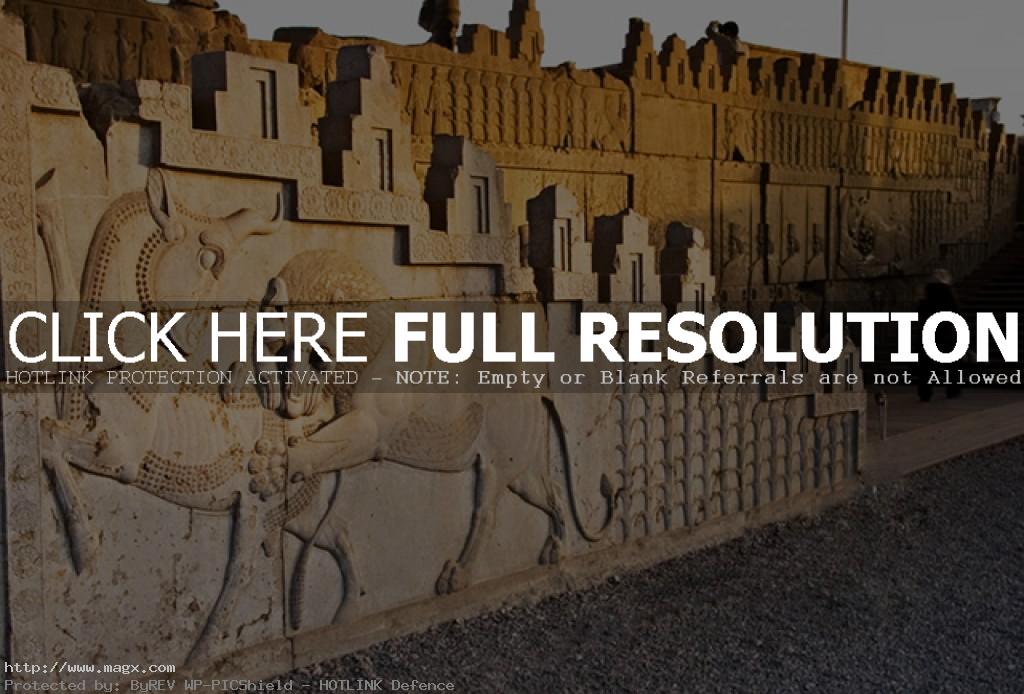

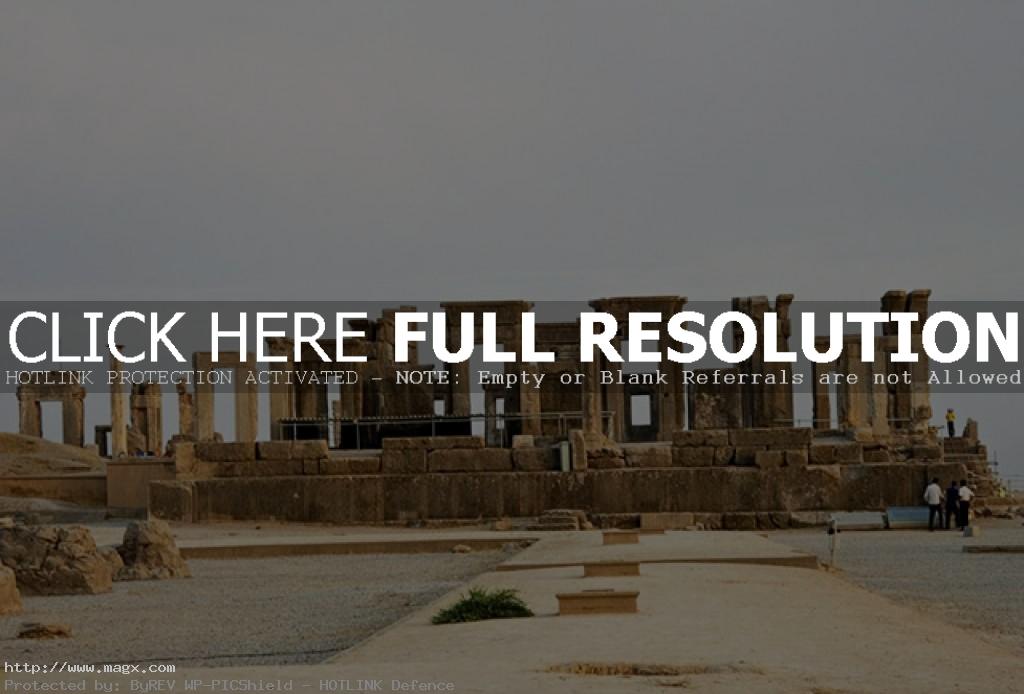
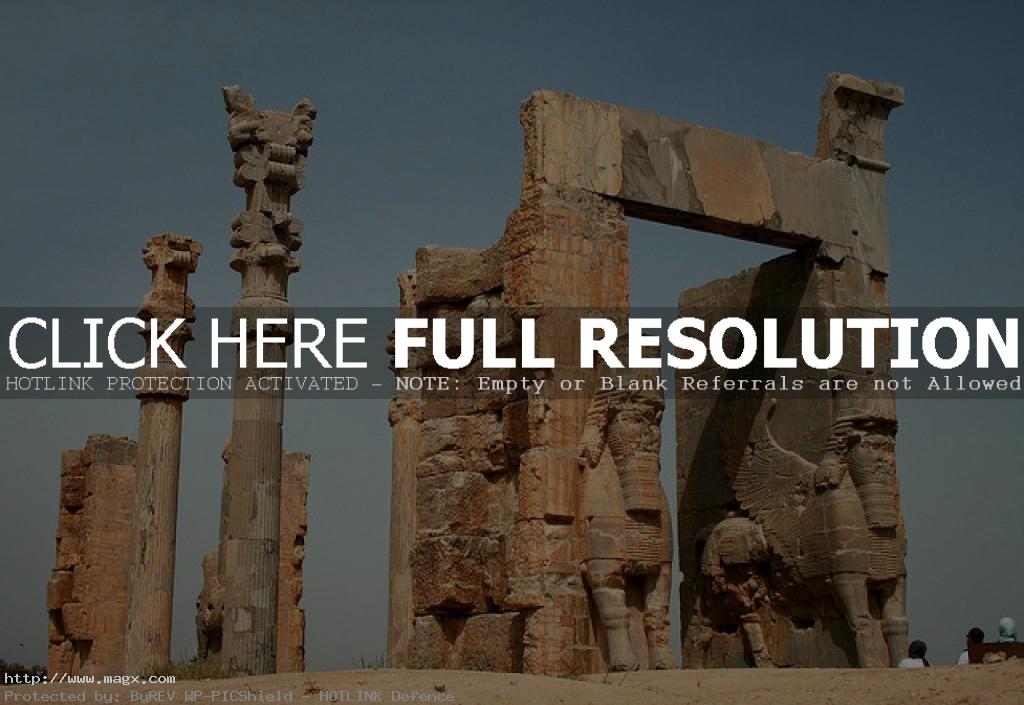



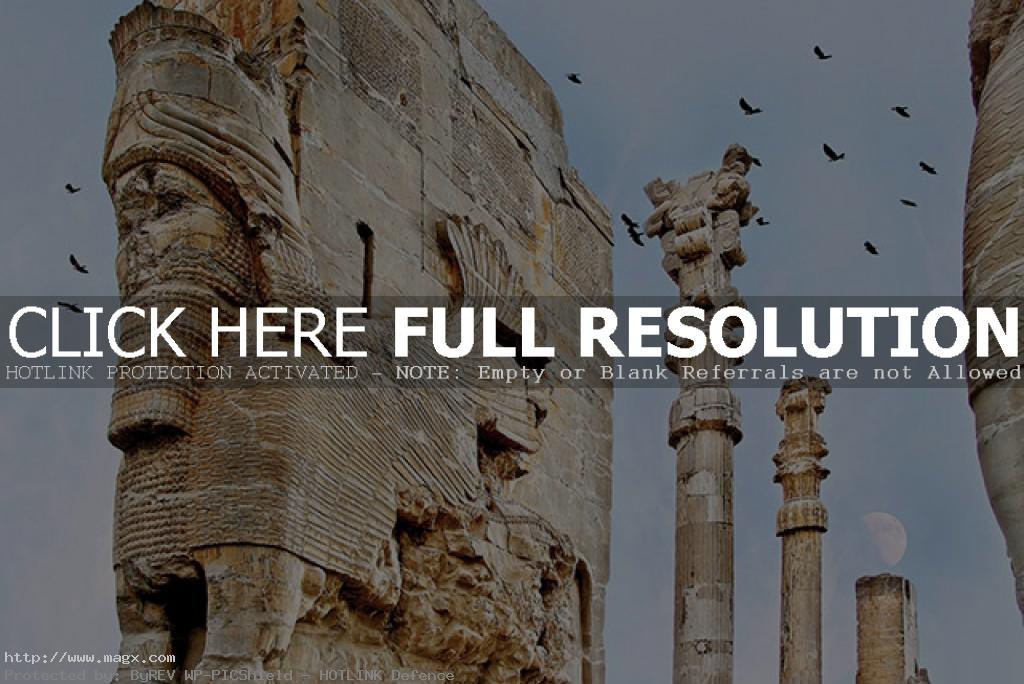
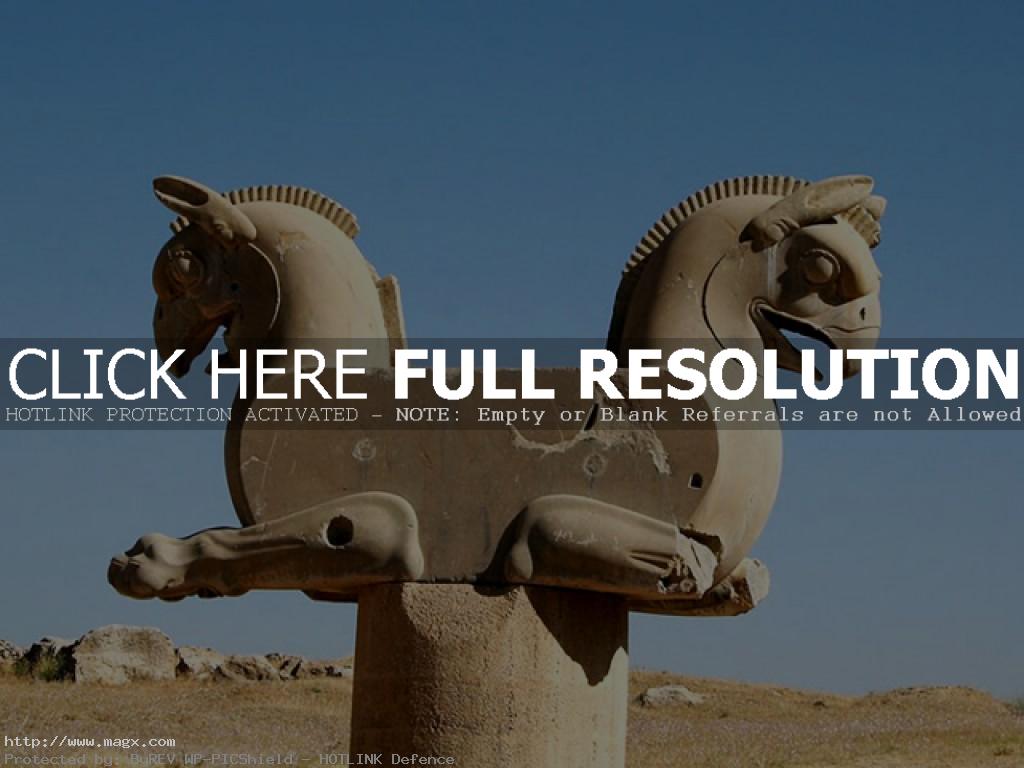
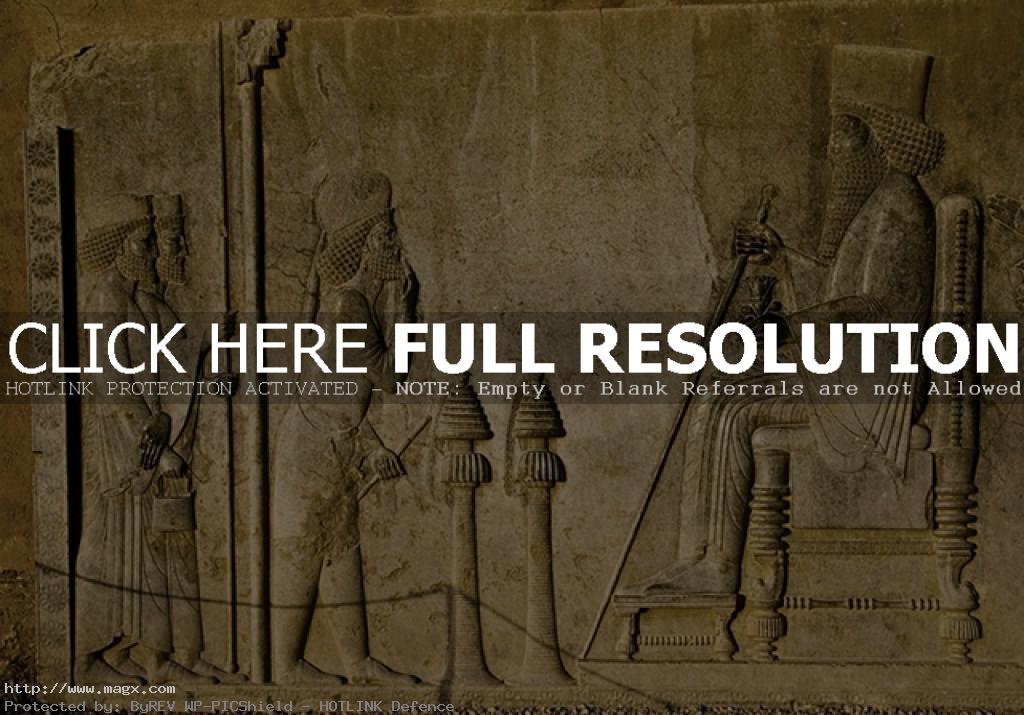

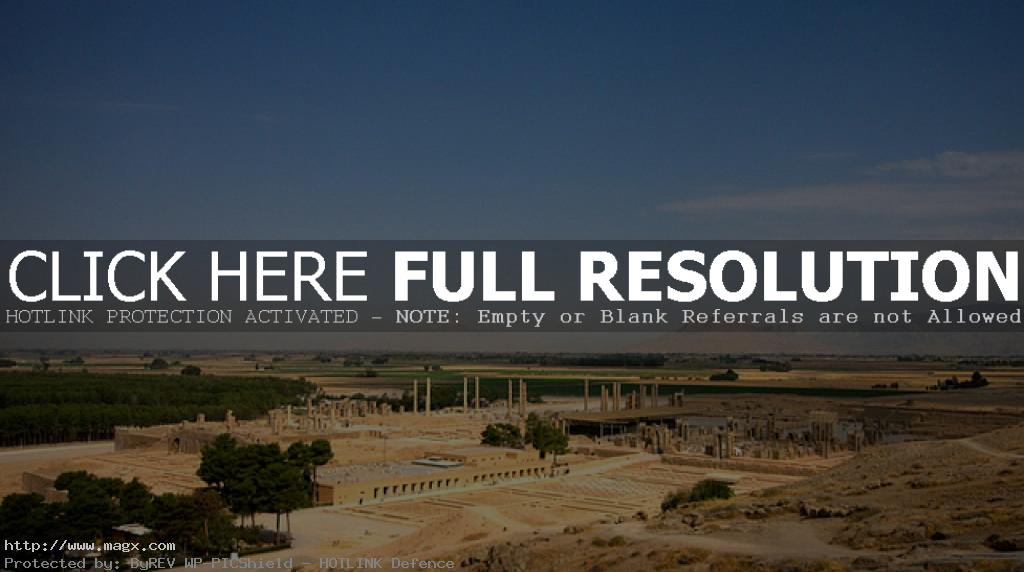

credit: Sajjadi Livejournal
Tags: Ancient History, ancient persepolis, Complex, Fars Province, Great, Iran, Palace, palace persepolis, Persepolis, persepolis iran, Persian, persian empire, Temple, UNESCO World Heritage
Relevant Articles






 Linn Castle and Museum in Krefel...
Linn Castle and Museum in Krefel... Matsumoto Castle – Japans ...
Matsumoto Castle – Japans ... Castle of Ampudia in Palencia, S...
Castle of Ampudia in Palencia, S... Burgk Castle above the Saale Riv...
Burgk Castle above the Saale Riv... Quseir Amra Desert Castle in Jor...
Quseir Amra Desert Castle in Jor... Litomysl Castle – Czech He...
Litomysl Castle – Czech He... The Castle of Strecno, Slovakia
The Castle of Strecno, Slovakia Historic Kanazawa Castle Park
Historic Kanazawa Castle Park















 The Great Catherine Palace in St...
The Great Catherine Palace in St... Alcazar Royal Palace of Seville,...
Alcazar Royal Palace of Seville,... Palace of Fontainebleau, France
Palace of Fontainebleau, France The Third Mansion of the Vietnam...
The Third Mansion of the Vietnam... Hunting Residence aka Palace of ...
Hunting Residence aka Palace of ... City Palace of Jaipur – Pl...
City Palace of Jaipur – Pl... Nymphenburg Palace and Gardens
Nymphenburg Palace and Gardens The Palace of the Legion of Hono...
The Palace of the Legion of Hono...